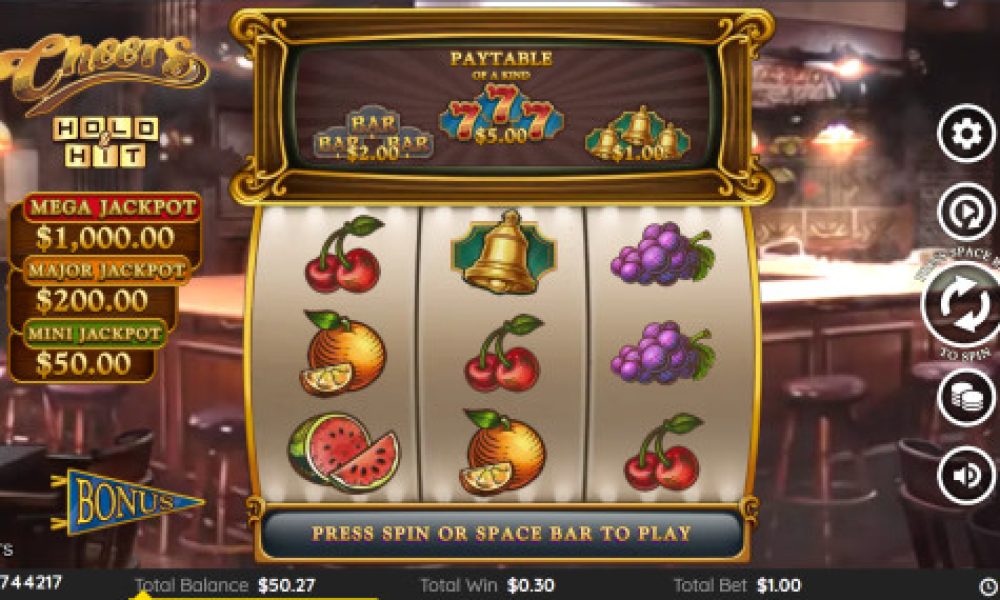How do online slot players balance reward frequency and risk?

Balancing reward frequency against risk means choosing games that fit personal comfort with winning styles. Some players like steady play with small and frequent wins. Others wait through long gaps for a chance at big rewards. This balance is called volatility selection. Low-variance games give steady and modest results while high-variance games bring big shifts in outcome. free credit no deposit 2025 adds another layer for players testing different risk levels. Players think about how each payout pattern feels and pick what suits them best. The choice shapes how each session feels more than the math of return rates. Games with the same RTP can still feel very different because of how they spread the wins.
Volatility selection criteria
Choosing appropriate volatility starts with an honest self-assessment of emotional responses to different win patterns. Players who get frustrated during twenty-spin losing streaks shouldn’t touch high volatility games regardless of their massive payout potential. Those who find small, frequent wins boring might hate low volatility slots even though they’re mathematically sound choices. Personal temperament matters more than theoretical optimization:
- Impatient players need frequent feedback through regular small wins
- Patient players tolerate dry spells waiting for substantial hits
- Entertainment-focused players prefer steady engagement over big wins
- Thrill-seekers accept risk for adrenaline spikes from rare huge payouts
- Budget-conscious players choose low volatility to extend session duration
Matching volatility to personality prevents miserable experiences where the payout structure clashes with emotional needs.
Session duration planning
The reward frequency and risk balance directly impact how long sessions last on fixed budgets. Low volatility games stretch $100 across several hours through constant small returns that replenish credits. High volatility games often burn through that same $100 in twenty minutes or turn it into $1,000, depending on when big wins hit. Players planning extended sessions choose volatility that supports their time goals. Someone wanting two hours of entertainment picks differently than someone hoping to hit one big score quickly and then leave. Time availability influences volatility selection as much as risk tolerance does.
Bet sizing adjustments
Players balance frequency and risk through bet amount calibration. Larger bets on high volatility games create extreme swings where fortunes change rapidly. Low volatility games with large bets produce steady action with meaningful returns despite smaller multipliers. The bet size and volatility combination determine actual session risk:
- Small bets and low volatility create maximum stability
- Large bets and high volatility generate extreme variance
- Small bets and high volatility moderate risk while maintaining upside
- Large bets and low volatility build steady, significant returns
Players adjust betting to find their comfort zone within chosen volatility levels. Many players switch between volatility levels during sessions rather than committing to single games. Starting with low volatility builds a credit buffer through steady wins. Once ahead, switching to higher volatility games risks accumulated profits chasing bigger scores. This rotation lets players enjoy both frequent wins and occasional big hit opportunities. Some begin with high volatility, hoping for early major wins, then shift to low volatility to protect profits through stable play. The rotation strategy attempts to capture benefits from both ends of the spectrum.

